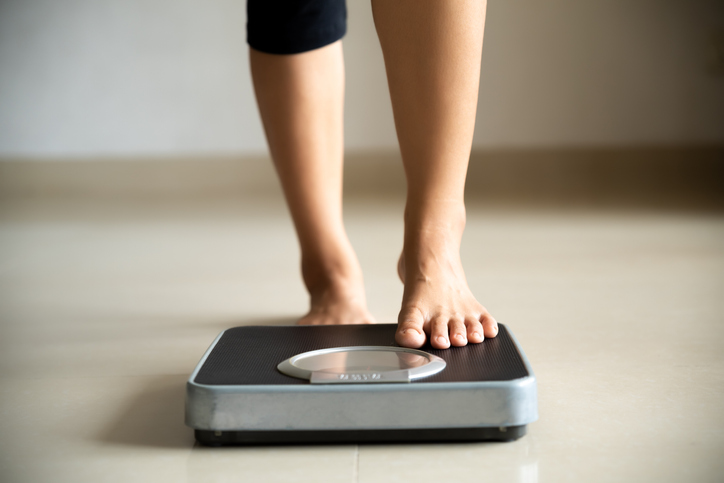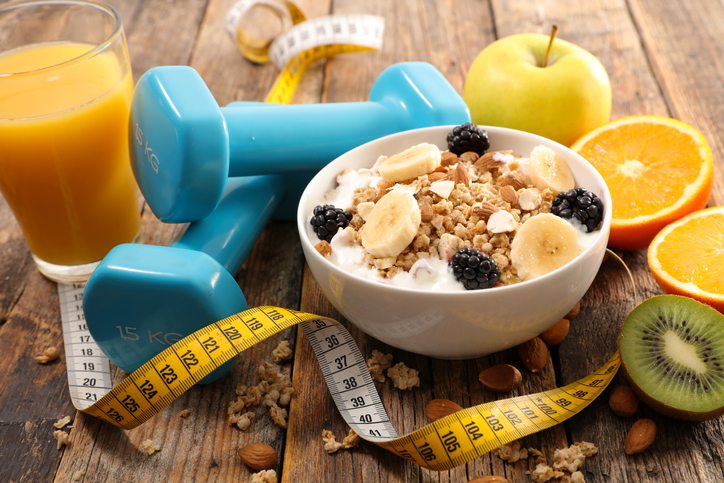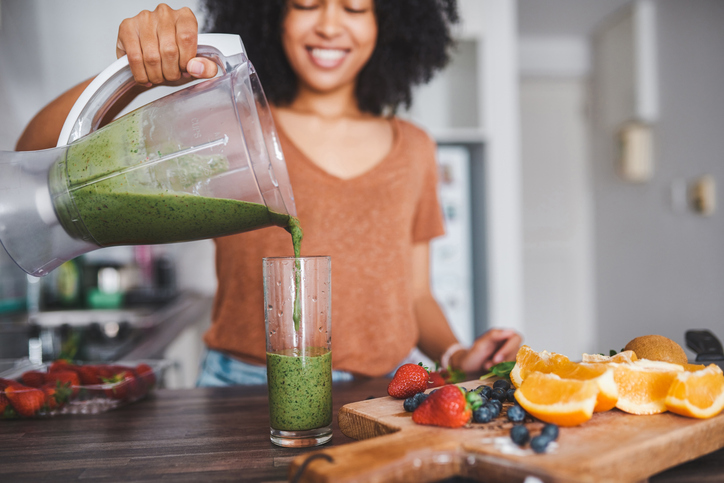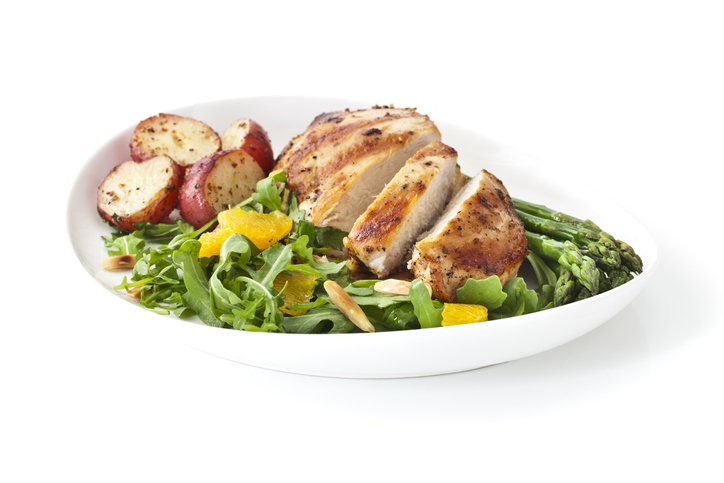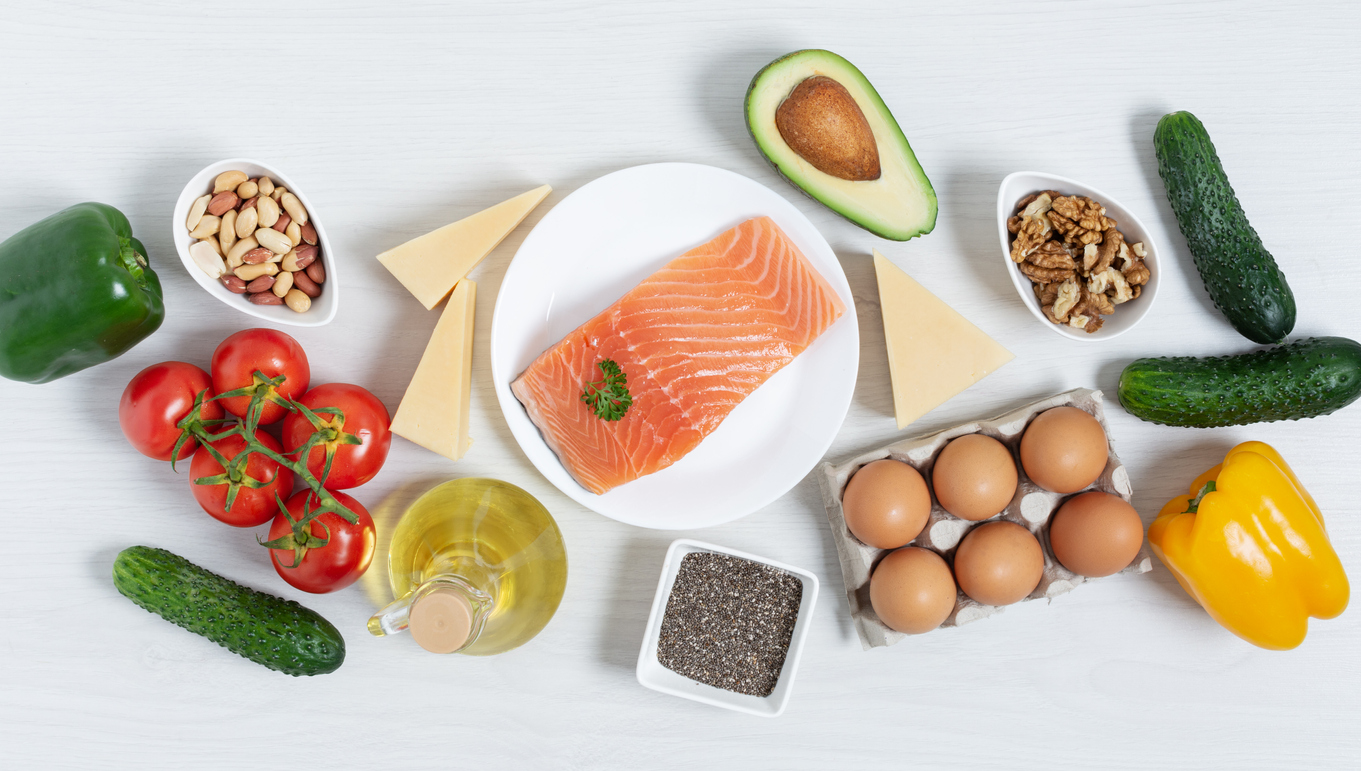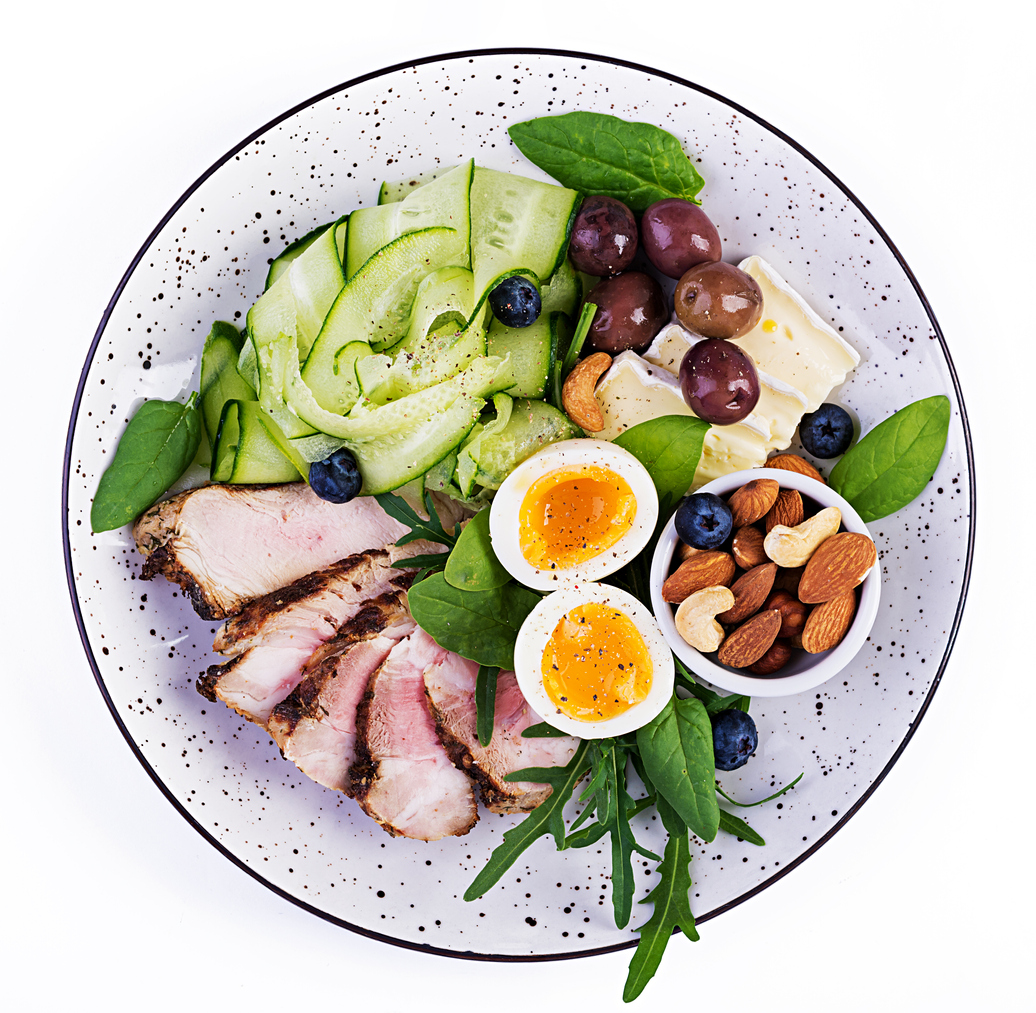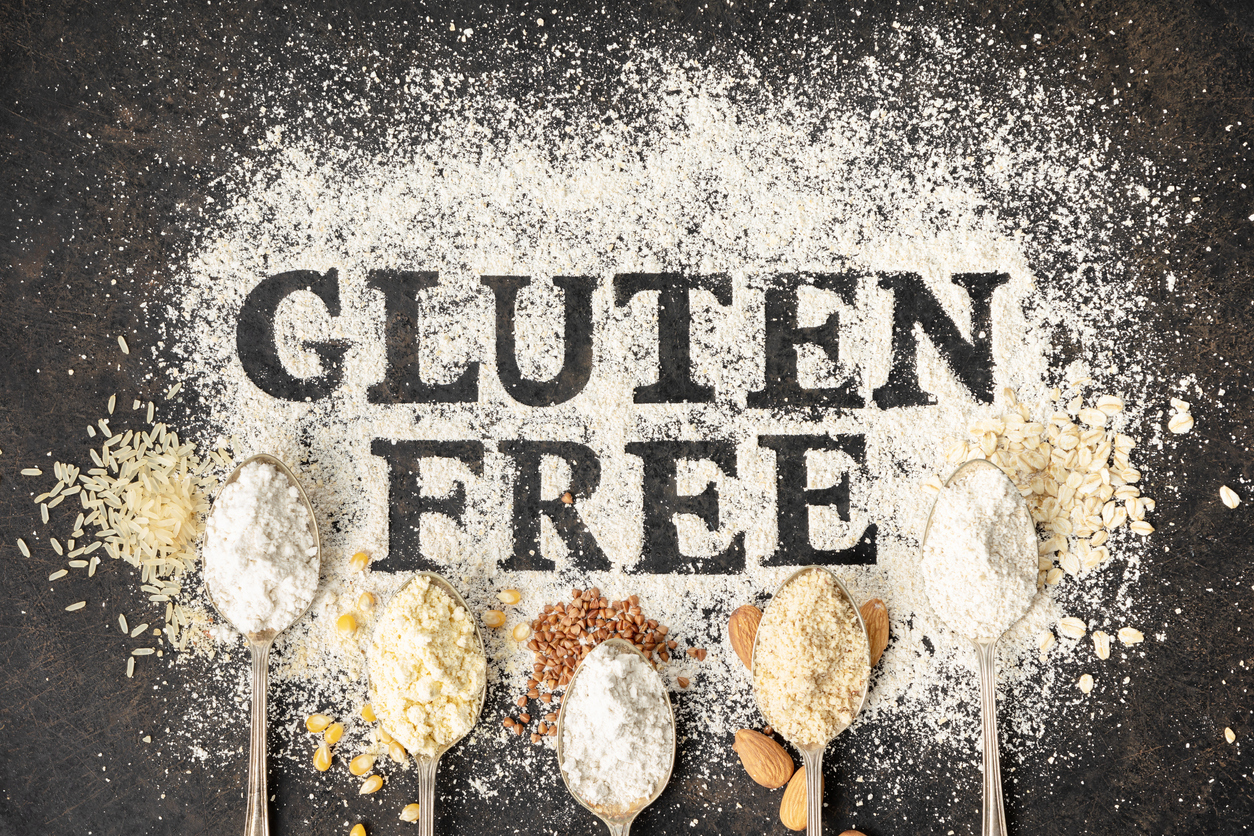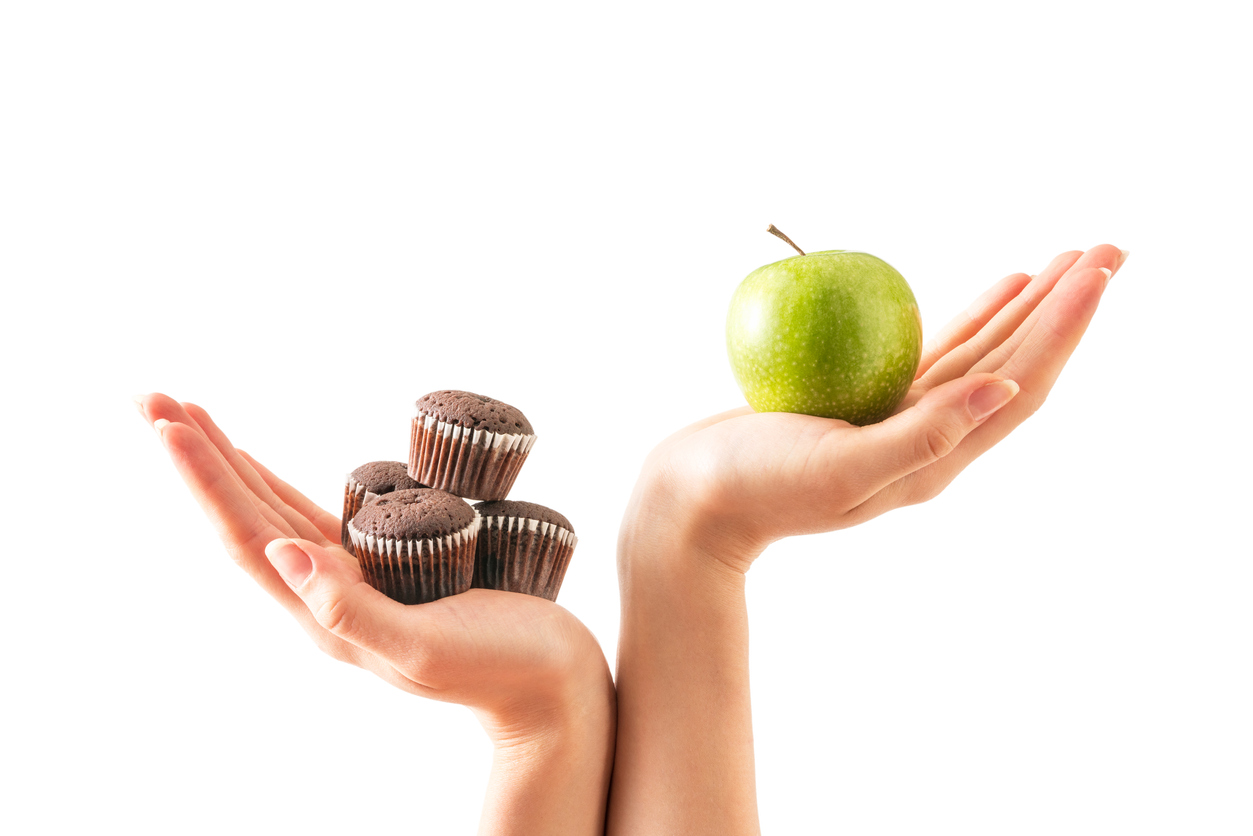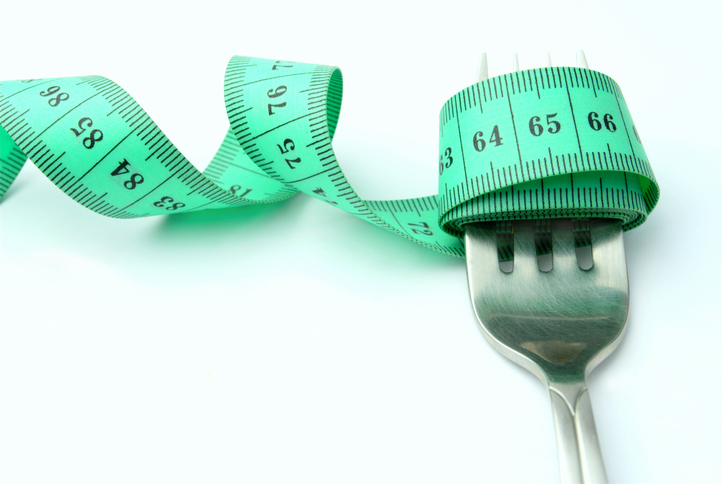Wellness
What Is the Dietary Approaches to Stop Hypertension (DASH) Diet?
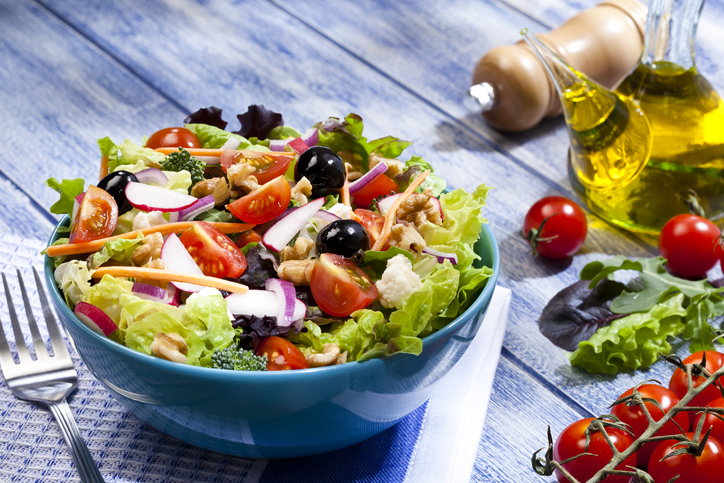
The Dietary Approaches to Stop Hypertension (DASH) diet is designed to lower blood pressure, which reduces the risk of heart disease. The DASH diet is a lifelong approach to portion-controlled, healthy eating with a variety of foods and nutrients.
The DASH diet was created after researchers noticed that vegetarians and vegans rarely developed high blood pressure. It emphasizes fruits, vegetables and lean proteins and limits red meat, salt, added sugars and added fats.
High blood pressure is a serious health concern that affects more than a billion people worldwide. It is linked to heart disease, kidney failure and stroke. The DASH diet focuses on reduced salt intake, which helps to reduce blood pressure.
The DASH diet limits salt intake to 1 teaspoon (2,300 mg) per day. The lower-salt version of the DASH diet limits salt intake to less than ¾ teaspoon (1,500 mg) per day. The American Heart Association recommends 1,500 mg per day of sodium for adults. Anyone who is unsure about what sodium level is right for them should consult a health care professional.
Benefits of the DASH diet
The DASH diet was not designed for weight loss; however, it can be an added benefit. If weight loss is a goal, daily calorie intake should be decreased. A reduction in blood pressure is the main goal of the DASH diet, with or without weight loss.
The Dash diet may also positively impact other aspects of health. Potential benefits include the following:
- Decreased risk of certain cancers, such as colorectal and breast cancer
- Up to 81 percent decreased risk of metabolic syndrome
- Decreased risk of type 2 diabetes
- Improved insulin resistance
- Up to 20 percent decreased risk of heart disease
- Up to 29 percent decreased risk of stroke
- Reduced risk of osteoporosis
Recommended foods
The DASH diet consists of whole grains, fruits, vegetables and low-fat dairy products. Lean protein sources, such as fish, poultry, legumes, nuts and seeds, are also included.
- Grains, 6-8 servings a day (example serving: ½ cup cooked brown rice)
Grain choices include brown rice, oatmeal, quinoa, whole-grain cereal, etc. Whole grains have more fiber and nutrients than refined grains. Whole-wheat or whole-grain products should be consumed instead of products made with white flour. - Vegetables, 4-5 servings a day (example serving: 1 cup raw spinach)
All fresh vegetables are encouraged on the DASH diet. Frozen or canned vegetables should be labeled as low-sodium or no-added salt. - Fruits, 4-5 servings a day (example serving: 1 medium apple)
Fruits are packed with fiber, potassium and magnesium. Many fruit peels are edible and contain vital nutrients, so they should be eaten as well. When choosing canned fruit or juice, it shouldn’t contain any added sugars. It is important to note that certain citrus fruits, such as grapefruit, may interact with certain medications. - Dairy, 2-3 servings a day (example serving: 1 cup low-fat yogurt)
Dairy choices include skim milk, low-fat yogurt, low-fat cheese, etc. Dairy products are a major source of calcium, vitamin D and protein. Low-fat or fat-free dairy products should be used with the DASH diet. Individuals who are lactose intolerant should choose lactose-free products or take an over-the-counter product that contains the enzyme lactase. - Lean meats, poultry and fish, 6 servings or fewer a day (example serving: 1 ounce cooked chicken) Lean meats, poultry and fish are a rich source of protein, B vitamins, iron and zinc. Fat and skin should be trimmed from meat. Meats should be baked, broiled, grilled or roasted instead of fried. Soybean-based products, such as tofu, are a good alternative to meat.
- Nuts, seeds and legumes, 4-5 servings a week (example serving: ⅓ cup almonds) Choices include kidney beans, split peas, lentils, sunflower seeds, almonds, etc. These are a good source of magnesium, potassium and protein and are full of fiber.
- Healthy fats and oils, 2-3 servings a day (example serving: 1 teaspoon margarine) Healthy fats and vegetable oils (olive, safflower, corn, or canola) help the body absorb essential vitamins; however, too much fat increases the risk of heart disease, obesity and diabetes. Choices include low-fat mayonnaise, light salad dressings, margarine, etc.
Foods to limit
- Red meats, sweets and high-fat foods
- Saturated fat and trans fat
- Butter, cream and cheese sauces
- Foods with added sugar
- Alcohol
- Caffeinated drinks
Helpful tips
- Rinse canned foods to remove any added sodium.
- Purchase foods labeled “no-salt added,” “sodium-free” or “low-sodium.”
- Add flavor to foods with sodium-free spices.
- Gradually introduce more fruits, vegetables and whole grains to the diet.
- Combine the DASH diet with exercise to obtain added benefits.
- Small personal rewards can be helpful when changing to a healthy diet.
- Consult a health care professional or dietitian before beginning any new diet program.
Blood pressure may be reduced by a few points within two weeks after starting the DASH diet. Over time, systolic blood pressure (top number) could drop by eight to fourteen points.
